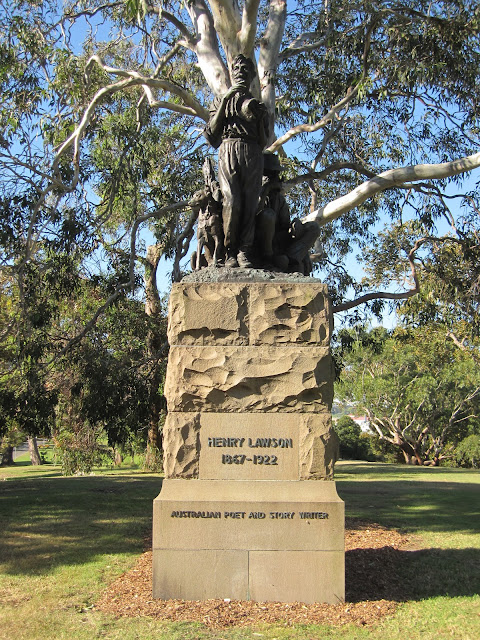The boardwalk along the foreshore of Pyrmont Point Park provides scenic views of Sydney Harbour and the city skyline. It will soon be officially named Stevedore Walk, to commemorate Pyrmont’s maritime workers and industries which were based on and around the site, from the mid 19th century until the second half of the 20th century.
Click here to view all participants of Scenic Sunday
Click here to view all participants of Scenic Sunday































